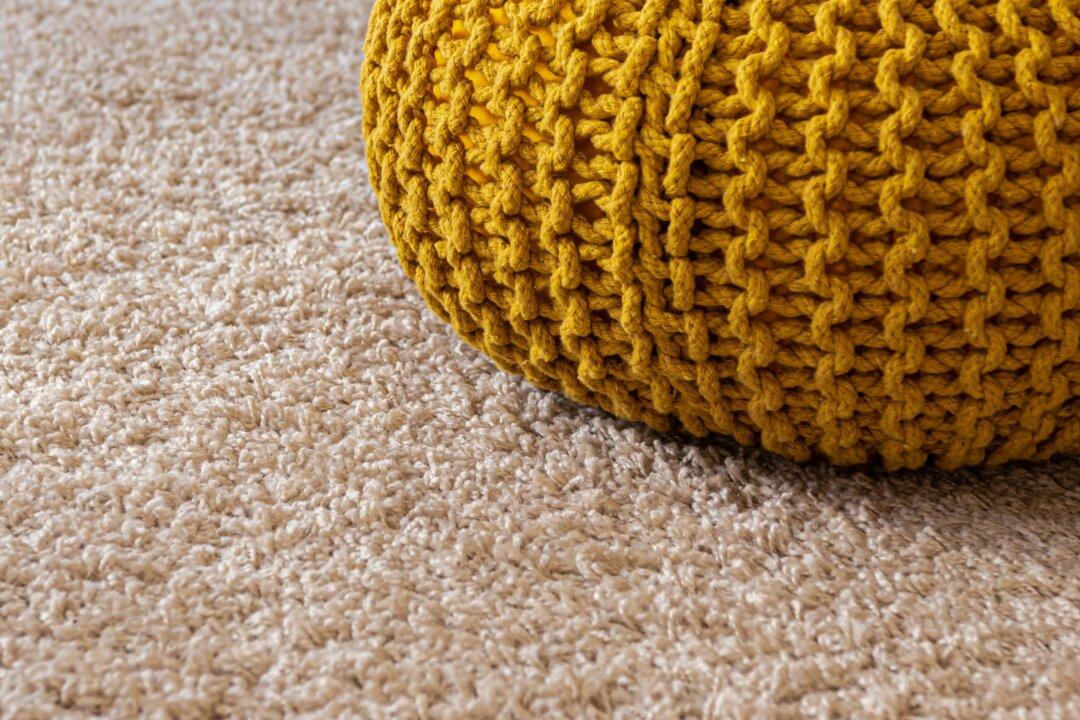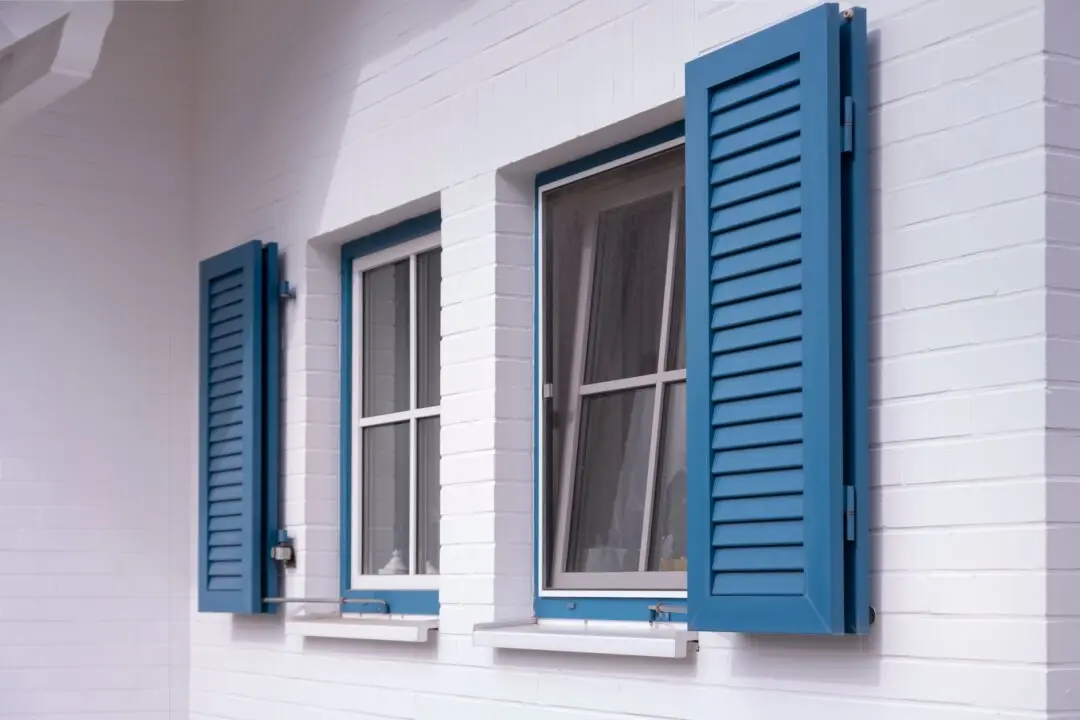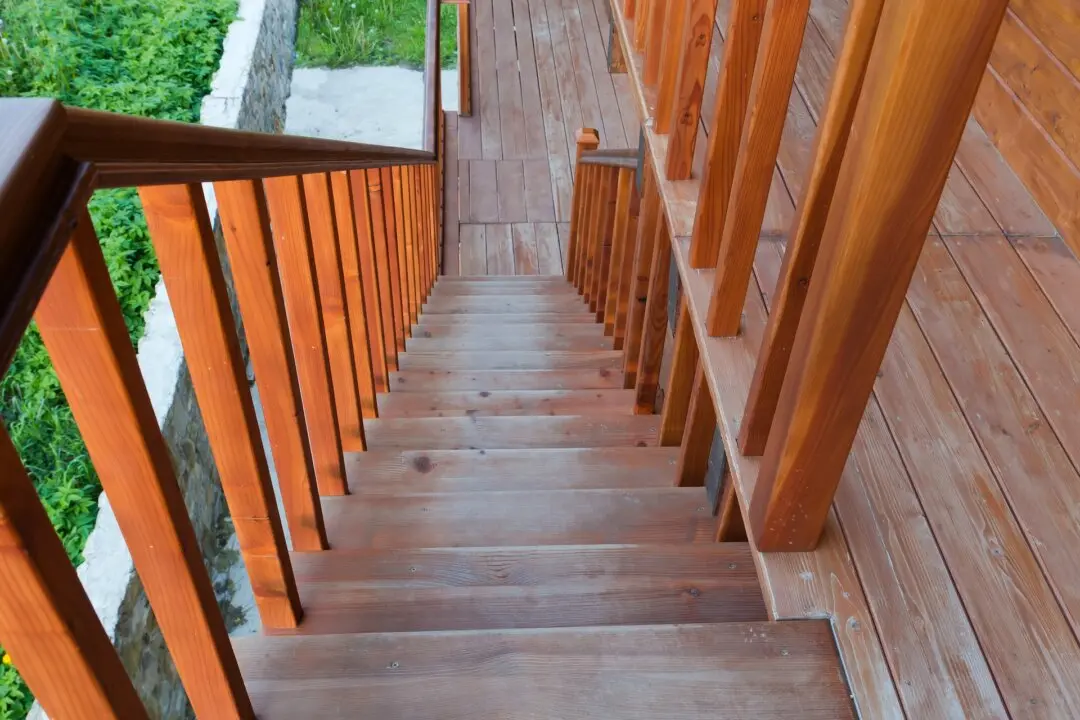Dear James: The carpeting in our living room needs to be replaced. I know how to evaluate and select the carpeting, but what is the best padding type and thickness?—Sheryl T.
Dear Sheryl: Installing the proper type of carpet padding (called cushions professionally) is as important to the comfort and life of the carpet as the carpet itself. Intuitively it seems like thicker padding is better, but that is not always the case.





